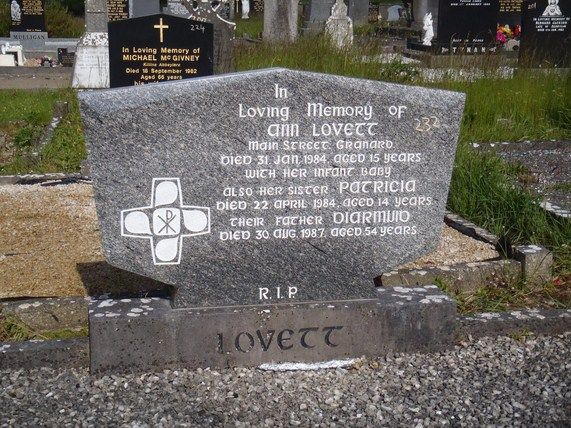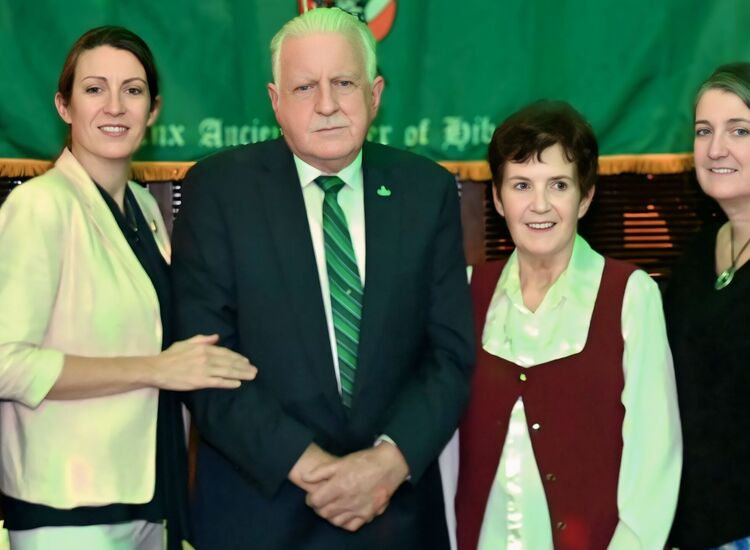Eamon Ryan, the impressive Irish Minister for the Environment, recently bemoaned some of the political and social media commentary about the country, which he asserts sometimes suggest that Ireland is some kind of a backward state.
Contradicting this negative image, he pointed out areas of major progress in the recent past. According to the United Nations Human Development Index, Irish people enjoy the second-highest quality of life worldwide, and the country is ranked 12th in the 2024 Social Progress Index. Life expectancy, currently at 82.88 in Ireland, has increased by five years in the last fourteen – in the United States, the longevity number is 79.74.
Mr. Ryan went on to indicate that Ireland is rated fourth in the Human Freedom Index, third in the Global Peace Measurement, second-best in the world for reading ability among 15-year-olds, and eleventh in mathematics. He could have continued in this line by lauding the fact that a higher percentage of Irish high school students go on to third-level education than any other EU country.
Ann Lovett's final resting place in Granard.
The main point of his discourse was to promote the need for an expanded public service. He explained that the country has seen a growth of one million private sector jobs during the last fifteen years, with only a minimal increase in the number of civil servants. The minister went on to advocate hiring significantly more graduates, especially those with expertise in the sciences and environmental studies.
Very different from the 1980s – just 40 years ago, a blink in the eyes of historians who like to highlight sweeping cultural changes that are reflected over much longer periods. I lived with my family in Ireland for most of that decade, and some of my memories of social and political life are painful, although we loved the community in County Meath where we lived.
The dehumanizing mother and baby homes were still operating with the blessing of church and state. In 1980, a total of 552 babies were born to mothers confined in these disgraceful places where respect for a woman’s dignity did not feature in the so-called Christian ethos.
Contrast that number with 498 births in 1950 and 456 in 1960. Irish culture had seemingly gotten more tolerant of demeaning women, many of whom came from deprived families.
Very different from the 1980s – just 40 years ago, a blink in the eyes of historians who like to highlight sweeping cultural changes that are reflected over much longer periods. I lived with my family in Ireland for most of that decade, and some of my memories of social and political life are painful, although we loved the community in County Meath where we lived.
In 1982, Eileen Flynn, a schoolteacher in the Holy Faith Secondary School in Gorey, County Wexford, was dismissed from her job because she was living locally with Richard Roche, a married man separated from his wife. Miss Flynn claimed that she should not be penalized for her legal living arrangements. She pleaded that her privacy should be respected.
However, the school principal, Sister Mary Anna Power, claimed that some parents had conveyed their condemnation of the teacher’s behavior, which, in their view, scandalized the young teenagers in the school. When Miss Flynn got pregnant, the principal offered to arrange for her to deliver the baby in London and put it up for adoption there.
The teacher disregarded this enigmatic advice and had her baby in Ireland and a second one with the same man a few years later. She appealed her job termination based on the Unfair Dismissal Act but lost. Convinced that she had been wronged, she pleaded her case in the Circuit Court where, adding insult to injury, Judge Noel Ryan not only upheld the earlier tribunal verdict but added that he felt that the nuns had treated her leniently.
Miss Flynn raised her own two children and the three that Mr. Roche had in his previous marriage as well as helping her husband manage a few local public houses. After the Divorce referendum in 1995, the couple married, and Mrs. Roche returned to teaching in a Christian Brothers school. She died suddenly in September 2008.
Pub ownership also played a part in a really distressing story that happened in the village of Granard in County Longford around the same time as the Deirdre Flynn fiasco. The Lovett family there owned the bar known as the Copper Pot and their tragedy arose when on January 31st, 1984, a few local boys found Ann, the seventh of the nine children in the family, near a grotto of the Blessed Virgin on the church grounds in the town.
Ann Lovett.
Ann’s family did not realize that she was pregnant, but she knew that her delivery time was at hand because she brought a scissors in her bag when she left home on the fateful day. She used the scissors to cut the umbilical cord but, with no help around, she hemorrhaged and went into fatal shock. Both Ann, still only 15 years old and her baby, named Pat by the priest who administered the last rites and baptized the infant, died in the churchyard that morning.
The Lovett family disaster shook the whole country, with the proximity to the grotto adding a measure of religious melodrama to the awful tragedy.
Two days after the inquest, the Gay Byrne Show, Ireland’s most popular morning radio program, devoted the whole two hours to listeners’ efforts to make sense of Ann Lovett’s death. Mr. Byrne spent most of the time reading letters from women telling their stories of sex and pregnancy outside of marriage, resulting in societal rejection, forced adoptions and many tales about fleeing to England for an abortion.
One listener opined that “The reaction to the tragic death of young Ann Lovett has been typically Irish, looking for someone to blame when we are all to blame.”
I recall a writer from Mayo, whose name evades me, who wrote a powerful story in Gaelic titled “An t-Aon Pheaca Amhain” (The one and only Sin) in Ireland, which was a harsh reflection on the prurient preoccupation with so-called sins of the flesh in Irish culture since the early years of the new state.
Minister Ryan did not deal with this dimension of Irish life in pointing to the major positive changes in the country during the last few decades. In this area of sexual practices, he could also point to important steps forward: contraceptives are readily available for men and women, the divorce referendum easily won popular approval, and women seeking to end an unwanted pregnancy no longer go to England for that procedure.
Gerry O'Shea blogs at wemustbetalking.com








